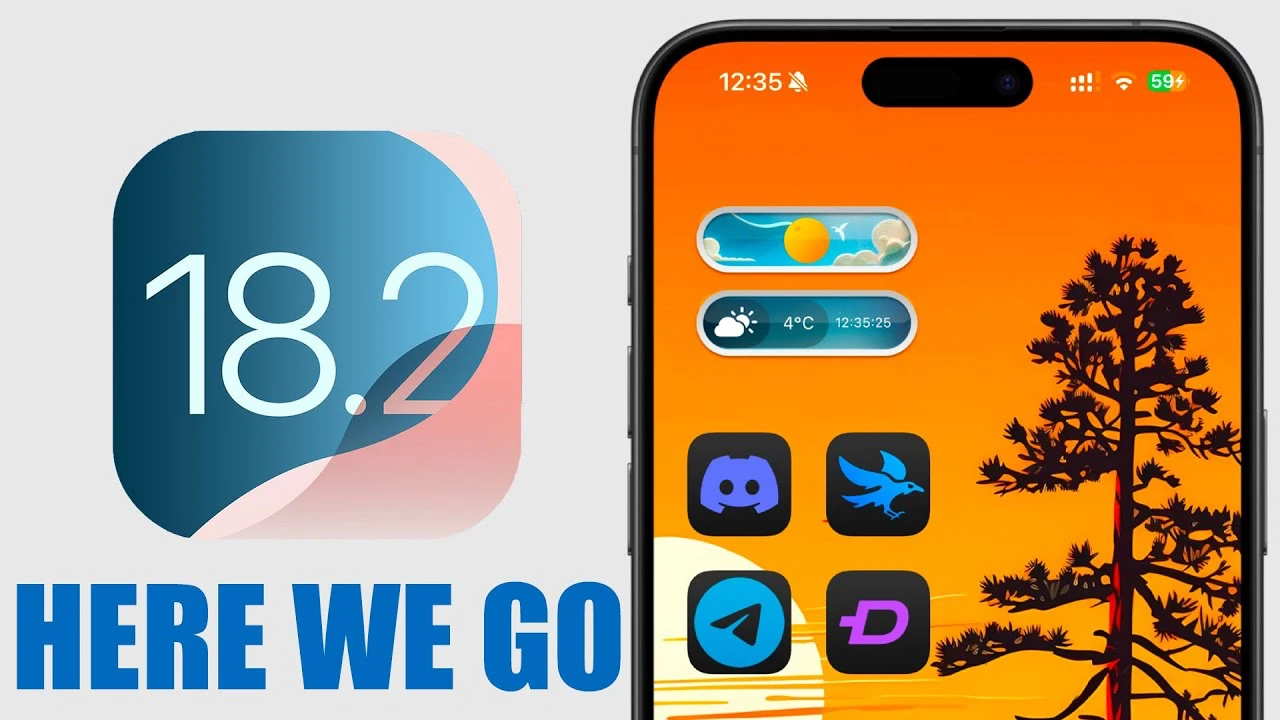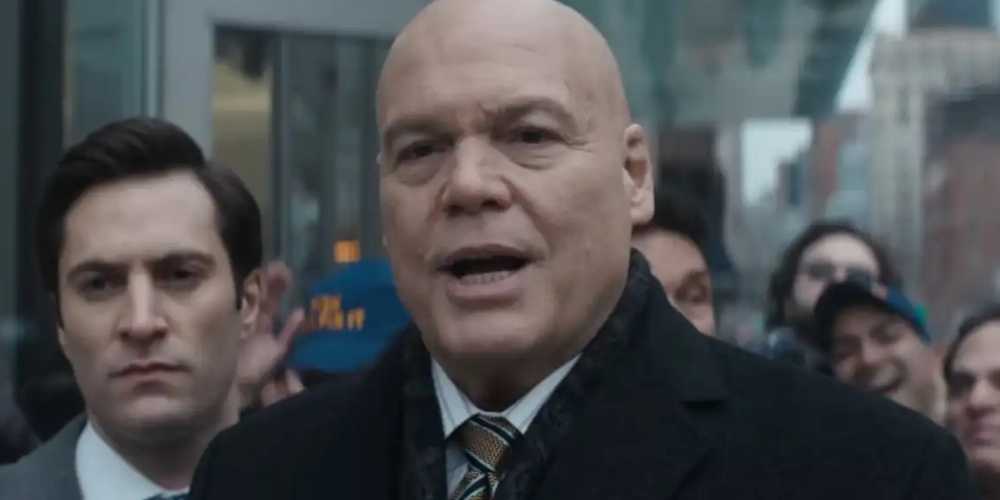In a recent Q&A with Campaign Brief, Cyril Louis, the newly appointed creative partner and ECD at The Royals and former regional ECD at LePub APAC, shares his enthusiasm for returning to Australia’s dynamic advertising scene after years abroad. Drawing inspiration from The Royals’ motto, “You need to be interested before you can be interesting”, Louis believes in the commercial power of creativity and the importance of understanding local culture while maintaining an international perspective.
1. After spending years working in markets including the US, London, Singapore, and Dubai, what excites you most about returning to Australia?
Australia is a highly creative place, with great Independent agencies paired with the usual industry giants. This competition pushes creativity up. In some markets where giant networks run the show, the hopes of small shops are obliterated. Australia offers different flavours of agencies, each with its own style, attitude, and ways of working and that wonderful diversity fuels a collective creative fire.
2. What attracted you to The Royals?
I was drawn to their motto, “You need to be interested before you can be interesting”, which reinforces their fundamental belief in the commercial power of creativity. I believe the only way forward for brands is to enrich people’s lives so they decide they want us there. To do this, you have to be interested in the people, the culture, and what’s new in their world so you can be interesting, relevant and topical. The strong synergy between us all was very clear from the start.
3. How do you think the Australian market differs creatively from the global markets you’ve worked in and how do you plan to bring that international perspective to The Royals?
There is little contrast creatively between here and abroad, as the quality of work in Australia is exceptional and we are all exposed to global influences in an instant.
For me, the main focus in moving to new markets is understanding the nuance of local culture – what makes an audience tick and working hard to be hyper relevant by being timely and topical.
You’re obliged to be curious as you adapt to a place, people, and culture. And that allows me a unique outsider point of view. Let’s see how long I can keep that alive!
4. The Royals values experimentation as part of its DNA. How do you balance experimentation with delivering commercially viable results for clients, something you successfully navigated at LePub?
In today’s world, we are inundated with a constant stream of content, making it easier than ever for brands to be overlooked. As a result, we should strive to find ways to stand out and make a meaningful impact. We have to look elsewhere rather than the “business as usual” solutions.
For this to happen, brands need to experiment, move at the speed of culture, stay true to themselves, know their audience, and, more importantly, take a stance – you can’t please everyone.
Ultimately you strive to be at the right place, at the right time, with the right message – cutting through the clutter.
A shift from a marketing mindset to an entertainment mindset is now needed more than ever. This involves creating content and experiences that foster association, affinity, and cultural contribution. It’s about making the stuff people want to seek out, not pay to avoid.
5. Looking back on your impressive portfolio, which campaigns stand out as your personal favourites and why?
There are two that stick out more than the others:
Heineken – The Boring Phone
Smartphones have pretty much ruined society, haven’t they? 90% of people admit to habitually scrolling on nights out. This work took a stand to empower individuals to reclaim their social lives and foster engagement in every shared moment — a timely and contextual wake-up call.
Heineken – Heinekicks
This is a love/hate piece of work, making a sneaker with Heineken Silver in its sole. Yeah, I get it. It sounds crazy. Through Heinekicks, Heineken Silver became part of Gen-Z fashion and pop culture without spending a single advertising dollar on mass media, effectively reaching our audience in both dark and non-dark markets.
6. What do you think is more important in today’s creative industry: innovation or storytelling?
It has to be both. Consumers are not loyal to cheap commodities. They crave the unique, the remarkable, and the human. The only way to get a brand to stand out is to exert emotional labour, be seen as indispensable, and produce interactions that people care deeply about.
For this to happen, unique and distinctive experiences must complement powerful storytelling. The message is as important as how it is delivered regardless of the form.
7. You have said that AI will raise the average level of creativity, creating a “sea of the same work.” How should creatives go about maintaining creative uniqueness in an AI-driven landscape?
While it is true that these tools are more automated and seemingly magical, enabling anyone to generate passable results within seconds, they are only as creative as the mind behind them.
There will always be individuals who push boundaries and produce remarkable work, regardless of the tools or mediums employed.
What will undoubtedly change is that those who embrace a unique mindset early in their workflow and become adept at utilising Generative AI will gain a competitive advantage.
8. You enjoy producing music, surfing, and skating. Do you find that stepping away from the office and immersing yourself in hobbies provides fresh inspiration for your projects?
Hobbies and sports provide a reset from work, enabling the mind to roam free. But I find inspiration in discovering new art or exploring different cultures, which offer fresh perspectives. Asking “what if?” and imagining new viewpoints fuel creativity. Learning new things, talking to diverse people, and embracing the unexpected transforms the ordinary into inspiration – and there we are, back to being curious.
9. Skating and surfing often involve risk and improvisation. How do those elements shape your creative philosophy, and push boundaries in your work?
The only risk in our industry is for our work to be invisible. These two sports taught me not to be fearful and to be persistent. Fear pushes us into the confines of safe work, often not cutting through the clutter. We need to be persistent, not to stop at the first round of ideas. We need to work it out with clients, push the craft and overcome the hurdles.




